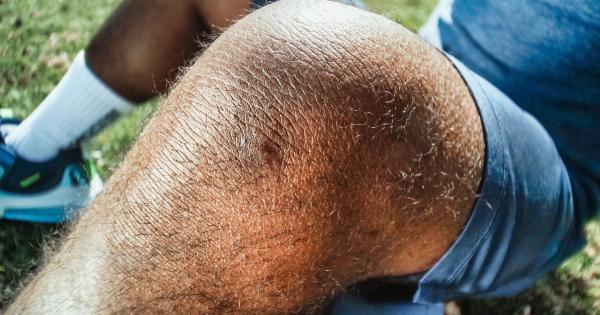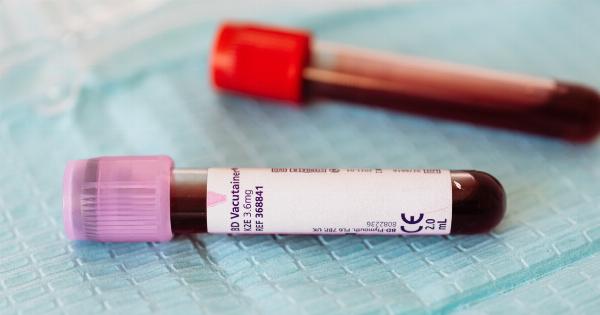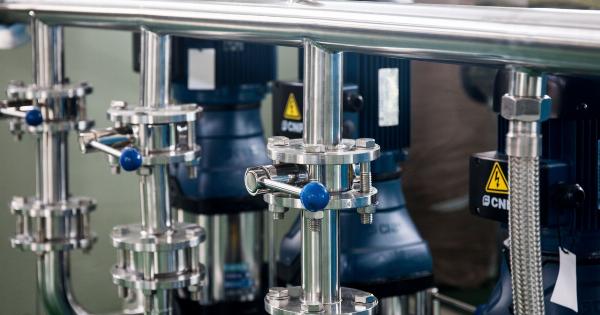If you are considering knee arthroscopy, it is important to understand the procedure, the recovery process, and how to optimize your outcome.
Knee arthroscopy is a minimally invasive surgical procedure that uses a tiny camera and small instruments to repair or remove damaged tissue in the knee joint. The procedure is commonly used to treat a range of knee problems, including torn meniscus, loose cartilage, and ACL injuries.
What to Expect During Knee Arthroscopy
During knee arthroscopy, your surgeon will make small incisions around your knee joint and insert a tiny camera, known as an arthroscope.
The camera sends images to a monitor, allowing the surgeon to see inside your knee and guide small surgical instruments to make repairs. Knee arthroscopy is typically performed under local or general anesthesia, and can take up to an hour or more to complete.
Recovery After Knee Arthroscopy
After knee arthroscopy, you can expect to experience some pain and swelling around the knee joint. Your surgeon may prescribe pain medications or recommend over-the-counter pain relievers to help manage any discomfort.
You will also need to keep your knee elevated and apply ice packs to reduce swelling. In addition, your surgeon may recommend physical therapy to help you regain range of motion and strength in your knee.
Tips for Optimizing Your Knee Arthroscopy Outcome
Here are some tips to help you maximize your knee arthroscopy outcome:.
Follow Your Surgeon’s Instructions:
Your surgeon will provide you with specific instructions to follow during your recovery period, including how to care for your incisions, when to apply ice and how long to elevate the knee, and what activities you can and cannot do, such as driving or returning to work. It is important to follow these instructions closely, as they will help ensure a smooth and successful recovery.
Get Enough Rest:
Rest is essential to a healthy recovery after knee arthroscopy. Be sure to avoid activities that may cause stress or strain on your knee joint, such as jumping, running or heavy lifting.
Eat a Nutritious Diet:
A healthy, balanced diet is important for your overall health and well-being, but it is also important for your recovery.
Be sure to eat a variety of nutrient-rich foods, including fruits, vegetables, lean protein, and whole grains, to support your body’s healing process.
Stay Active:
While it is important to get enough rest during your recovery period, it is also important to stay active. Your surgeon may recommend gentle exercises to help you regain range of motion and strength in your knee joint.
Conclusion
Knee arthroscopy is a minimally invasive surgical procedure that can help to repair or remove damaged tissue in the knee joint.
While recovery can vary from patient to patient, following your surgeon’s instructions closely, getting enough rest, eating a nutritious diet, and staying active can all help to optimize your outcome. If you are experiencing knee pain or have been diagnosed with a knee condition, talk to your doctor about whether knee arthroscopy may be an appropriate treatment option for you.





























